Request for Comments (RFC) is a form of memorandum that has been in use since 1969 when ARPANET was developed during the Cold War. Initially, there were only four nodes distributed at universities and research institutes within the border of the US, and now, we have the internet and World Wide Web. In the past five decades, not only have RFCs documented the development of the internet, they also include all kinds of internet standards, agreements and protocols, with Internet Protocol Address being one of them. For sure there are serious discussions in RFCs, but too there are playful ones. RFC 1149 is about enlisting pigeons – “the avian carriers” - to switch packets. RFC 2795 involves an infinite number of monkeys that are producing the entire works of William Shakespeare with typewriters. RFC 6592 sends out null packets – in fact, almost every year there’s a joke RFC made on April Fool’s Day.
Instead of analysing and solving concrete problems, artists excel at inventing questions in different contexts. As such, exhibitions are like a form of memorandum where artists present their alternative imaginations about the internet through their works, and this time our problem is: What does it mean to be connected? Is it more plausible that the internet is not a place for people to freely express their ideas but a network controlled by strict technical protocols, as claimed by Alexander Galloway in Protocol? Or rather, is it more like Franco Bifo Berardi’s pessimistic analysis in Precarious Rhapsody that the varying speeds of expansion between cyberspace, which grows inorganically and continuously, and cybertime, whose expansion rate is tied to organic creatures, is what drives people crazy?
This exhibition brings together nine pieces of works created since before the pandemic. Satellites and communication technologies have pushed both wars and our ordinary lives to the next level. Zhe-Zhi Lin’s “man-made” satellite, Voyager 3, centres around military technology and geopolitics, both of which have gradually evolved since the Cold War began, with the work title named after the two space explorers subsequently launched by NASA in 1977 - Voyager 1 and Voyager 2. The image on the screen of Lin’s device is a simulation of a pilot’s view from the cockpit of a high-altitude reconnaissance aircraft. While the screen keeps rotating, the line remains vertical at all times. Such image provides viewers with an opportunity to have the synchronous experience of looking at the Earth from the outer space.
However, it seems that urban plants have been shouldering the responsibility for shaping “the imagined communities” before the internet and satellite came into play. Tiet-Hi Kueh tries to prove such hypothesis true with his photography series Colonial Pine. By photographing the exotic hoop pines - ubiquitous in Taiwan but only grown in the peripheries of specific public buildings - while precisely recording the coordinates of these trees, Kueh conjured up a map of colonial governance and memory.
Sang-Chi Liu also “hacked” into the outer-space device through her visual experiment, Satellite. She installed a camera on a long rod, bringing the device along onto the street as a mean to document the route of her trip. Aside from her filming with such a device in San Francisco, she decided to share the step-by-step guide to recreate the “DIY satellite” she presents in this exhibition so that viewers can too make their own satellites. The DIY satellites “give you wings” like how the energy drink promises in their advertisements. With satellites of one’s own, people can get back their rights to self-observation and privacy.
Another light-hearted work was Rhett Tsai’s fake advertisement, WeChant. Inspired by the spray in Philip K. Dick’s science fiction novel Ubik, Tsai customised a special spray for wiping data - “WeChant” - which mimics the name of the Chinese messaging application WeChat and is able to make users invisible in the world of the internet.
The pandemic not only changed people’s physical way of living but also interrupted our pace in cyberspace. Building on her earlier work, Satellite, Sang-Chi Liu orchestrated and filmed a six-hour performance in post-pandemic San Francisco, called Relation in Time and Space. In this work, Liu and her performance partner stand 12 feet apart and facing away from each other – a social distance doubling that of CDC guidelines. Connected through the cameras of their phones – each attached to a selfie rod - and a cord tying their backs together, the two performers explored the relationships between people, space and time. As for Tsai, he embraced the black humour in MetaVessel as usual, asking viewers whether they really believe that the metaverse is a modern redemption of human-beings, and how will the human body that tests positive survive in the world of new order.
Do you believe in technology? Jade Lien’s and Lawrence Liu’s works represent the religious aspect of technology. In /atYourAltar/, Jade Lien imagined a new computer virus, the Digital Holy Child, which will hit the world in 2038 and liberalise internet users from the virtual world. There will then be three different “cults” whose believers hold three different views on internet apocalypse. Lawrence Liu’s Confession, Yes! unveils how data is the base of the internet architecture. Before we fathom what data we are actually sending via the internet, the machines are already having conversations like this:
"SYNchronize?"
"ACKnowledge. SYNchronize?"
"ACKnowledge."
"ACKnowledge. SYNchronize?"
"ACKnowledge."
After confirming each other’s identity, the two personal computers shook their hands via the internet.
Three-way Handshake is an essential transmission control protocol, but most users do not notice this mechanism. When we go on the internet and input data, we are in fact confessing to a cyborg confess room, expecting the internet to provide us with an answer.
In this exhibition, the curator expects to play the role of a proxy server between the artists and the viewers, helping viewers to quickly access and understand the content of this exhibition. The term “proxy” traces back to the word “procuracie” in Middle English, meaning to take care of something for someone else. As a “proxy”, the curator certainly might influence your understanding of the works. So, with this disclaimer, I hope that you will have your own feelings about this exhibition, reflecting on “what it means to be connected” in your own way or in your own writing.
「意見徵集」(Request for Comments,RFC)是自 1969 年冷戰背景下發展 ARPANET 階段便延用至今的備忘文件格式。從最初僅有美國境內大學與研究機構的 4 個網路節點,到網際網路、全球資訊網,50 多年來 RFC 文件紀錄了網路的發展史,包括所有關於網路的標準、協議與規範,網際協定位址也在其中。除了嚴肅地討論技術的 RFC 之外,也有腦洞大開的 RFC。像是 RFC 1149 提出用鴿子傳輸網路封包「飛鴿傳書」、RFC 2795 用打字機敲出莎士比亞全集的無限猴子、RFC 6592 傳送空封包,這甚至成了每年愚人節都會定期發布的搞笑文件。
相較於分析與解決具體的問題、找出答案,藝術家更擅於在不同時空脈絡中不斷發明問題。在此,展覽如同一種備忘文件格式,由藝術家們透過作品,提出對於網路的另類想像——連結意味著什麼。是亞歷山大.蓋洛威在《協定》中所主張的,網路並非讓人自由溝通的場所,而是以嚴密技術協定為基礎的控制形式嗎?抑或像是《不穩定狂想曲》一書裡,法蘭克.Bifo.貝拉迪的悲觀分析,無機且不停擴張的賽博空間與綁定有機的生物體的賽博時間,兩者擴張的速度差使得人們焦慮發瘋?
本展共匯集 8 組作品,創作期間起自疫情前至今。衛星與通訊技術將戰爭與日常都推向不同以往的尺度,林哲志《航海家 3 號》對話的是自冷戰以來軍事科技與地緣政治,作品名稱指涉 1977 年 NASA 接連發射的太空探測器「航海家 1 號」與「航海家 2 號」。「航海家 3 號」是一顆「人造衛星」,裝置上持續旋轉卻始終保持水平的畫面,模擬高空戰略偵察機駕駛艙,除了情報功能之外,這些由高空、外太空觀看地球的影像也在大眾間形成了一種共時的體驗。
然而在網路與衛星出現前,城市中的植物似乎就負責了塑造「想像的共同體」的任務,郭哲希在《殖民地之杉》攝影系列中嘗試驗證這樣的假設。他拍攝遍佈全台各地、但卻只栽種於特定公家機關建物周圍的外來種南洋杉,透過精確紀錄樹木的地理坐標,回推出一張殖民治理與記憶工程的網路。
同樣也「駭進」衛星的還有劉桑祁的視覺實驗《走若飛》。他將鏡頭裝在一根長竿上,背著裝置上街,用自製機器而在不連上網路的情況下紀錄當次的移動路徑。除了在舊金山街頭拍攝的行為錄像之外,藝術家也將在這次展覽中開源「自製衛星」的方法,讓觀眾能用簡易材料組裝,就像那句知名提神飲料的廣告詞所說,讓所有人給予自己「一對翅膀」,奪回自我觀測的隱私與權力。
蔡宇瀟則提供了另一個幽默的提案。在《微頌》這支偽廣告片中,他以菲利浦.迪克經典科幻《尤比克》裡的噴霧為原型,虛構了一罐與微信(WeChat)諧音的數據消除噴霧「微頌(WeChant)」,讓人輕輕一噴便從網路世界隱身。
疫情不僅改變了人們在實體空間的生活,也擾動了人在賽博空間中的步調。劉桑祁延續前作《走若飛》,在疫情後的舊金山市進行一場 6 小時的行為演出,透過紀錄影像《這馬佇遮》中可看見他與合作演出者背對背相距 12 英呎——美國疾病管制署建議社交距離的 2 倍——憑著眼前自拍桿上的手機與背後相連的繩索,重新感受人、空間、時間彼此之間的關係;蔡宇瀟維持他一貫的黑色幽默,新作《元方舟》反問元宇宙是否真是人類的新救贖?測出陽性反應的肉身如何在新秩序中生存?
你信科技嗎?連亞珏和劉家銘的作品則呈現出網路具備的宗教特質。在《/atYourAltar/》這件作品中,連亞珏虛構了一種在西元 2038 年即將出現的網路病毒,它試圖將人們從虛擬世界中解救出來,三種面對網路毀滅的不同態度形成三種教派,各有其擁護者;劉家銘的《Confession, Yes!》揭開網路的空間由數據資料建築出的地景,在我們以為自己清楚知道自己向網路發送了什麼的同時,機器們正在對話:
「你聽到了嗎?」
「聽到了,你也聽到我了嗎?」
「聽到了。」
「聽到了,你也聽到我了嗎?」
「聽到了。」
在確認過彼此之後,負責傳話的兩台電腦透過網路握了手。
三向交握是網路傳輸的重要控制機制之一,但多數使用者並未意識到這一點。我們上網、輸入,我們對人機共構的網路告解,相信網路總是會給我們答案。
在這次的展覽中,策展人試圖在藝術家與觀眾之間,扮演一台代理伺服器,讓各方快速存取展覽內容。proxy 一詞可追溯到中古世紀英語中的 procuracie,意指代為照顧。策展人作為代理,也必然過濾了某些訊息,在此自我揭露並期待觀眾能繞過我,用自己的方式去感受與書寫,連結對你而言意味著什麼。
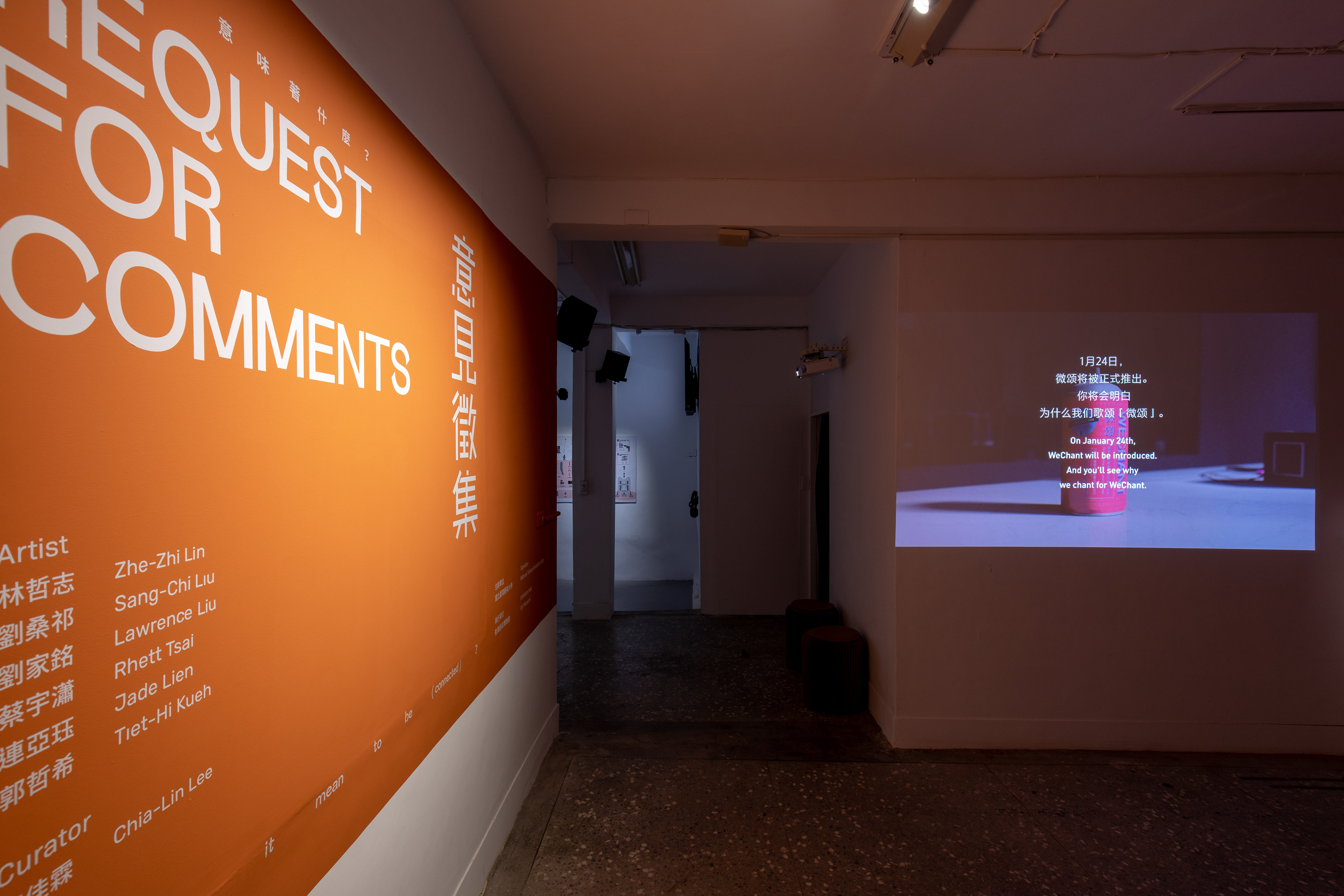
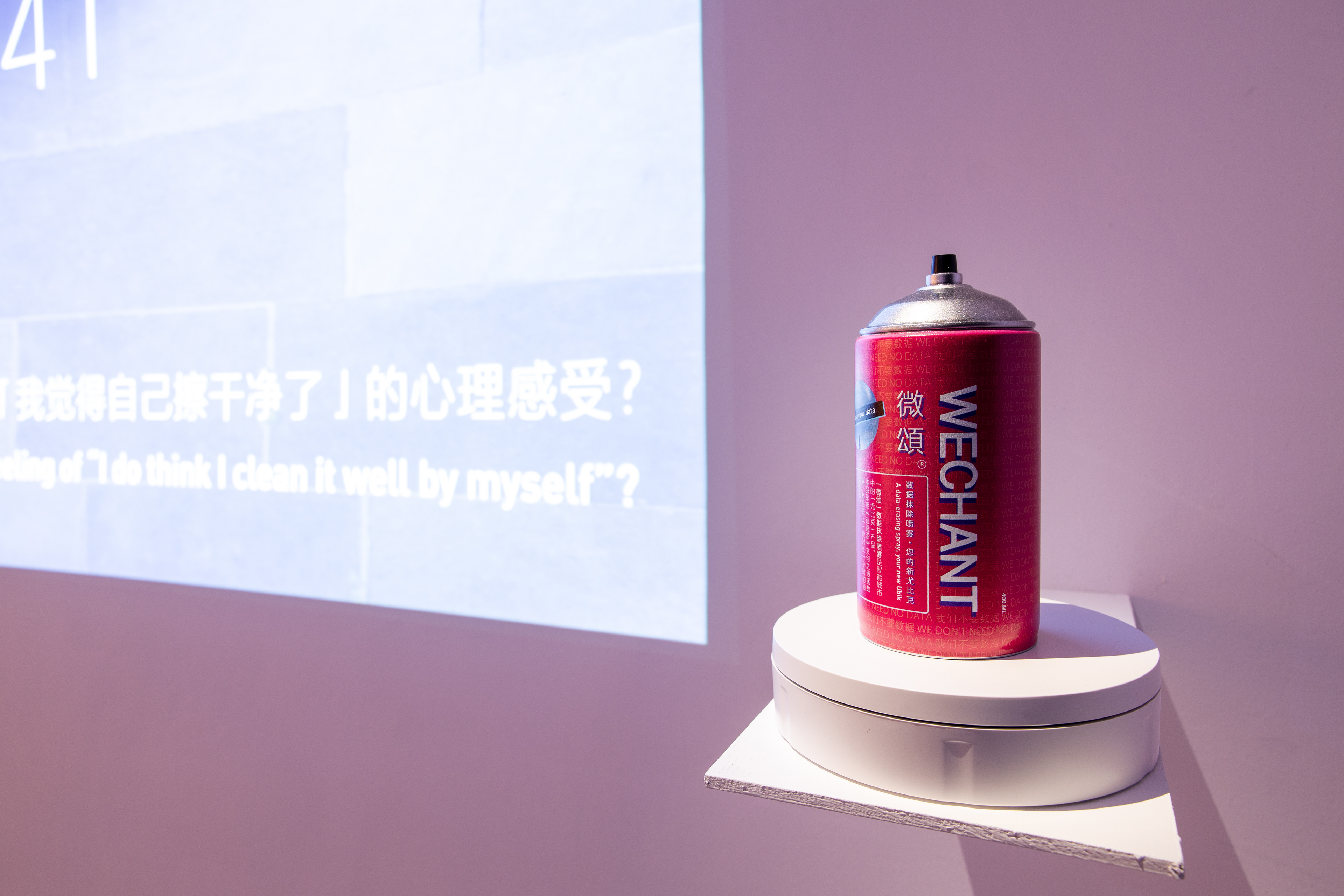
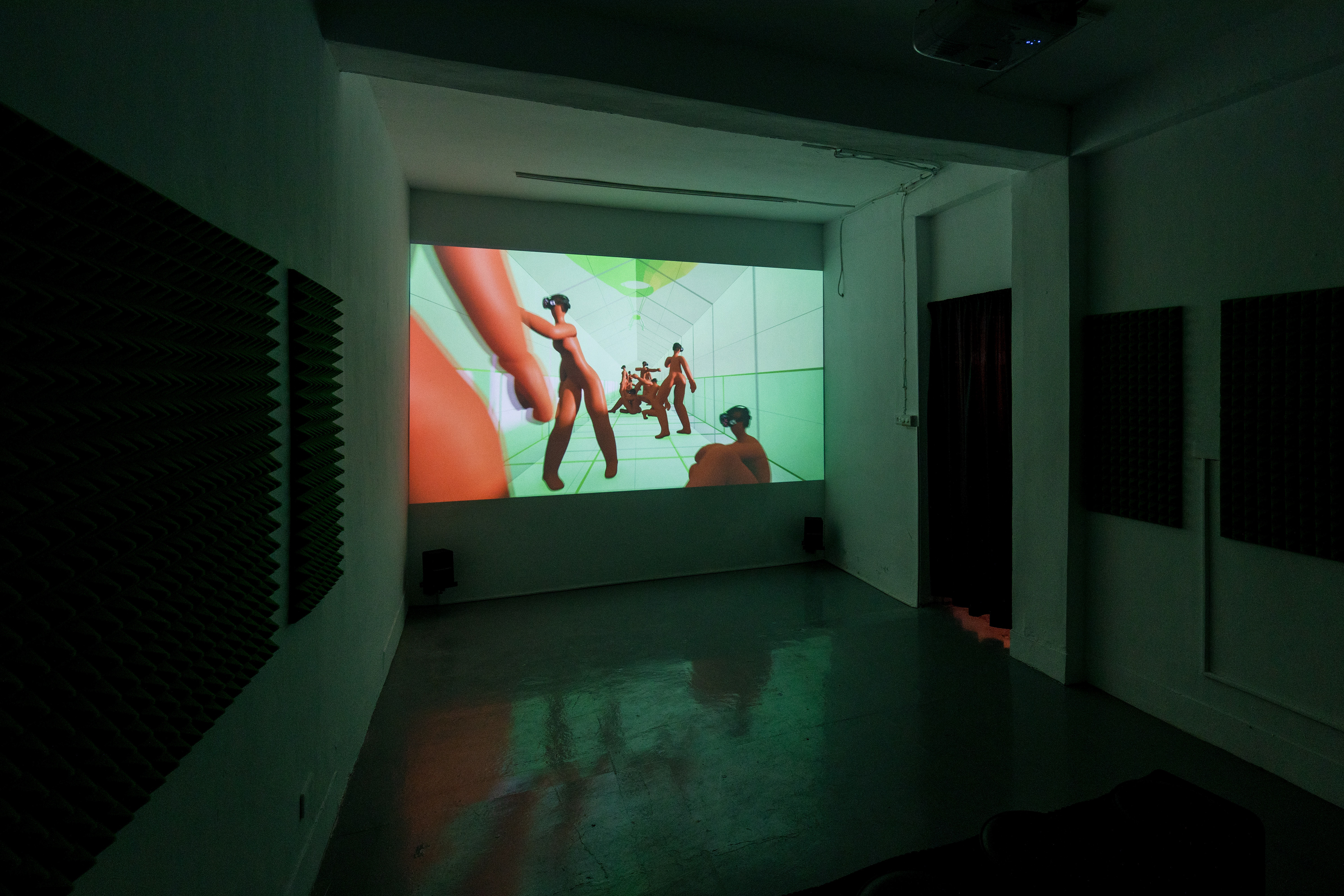
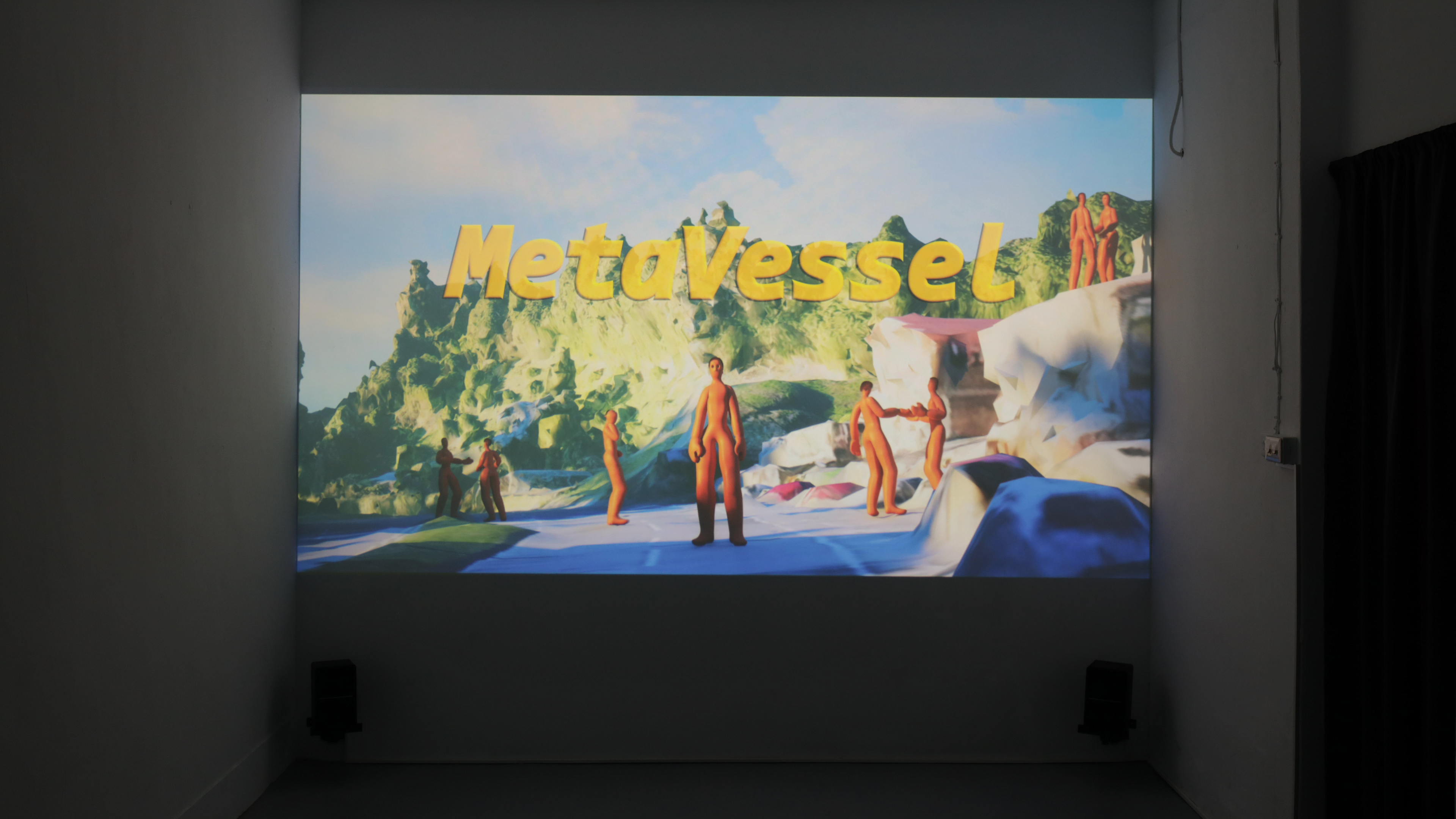
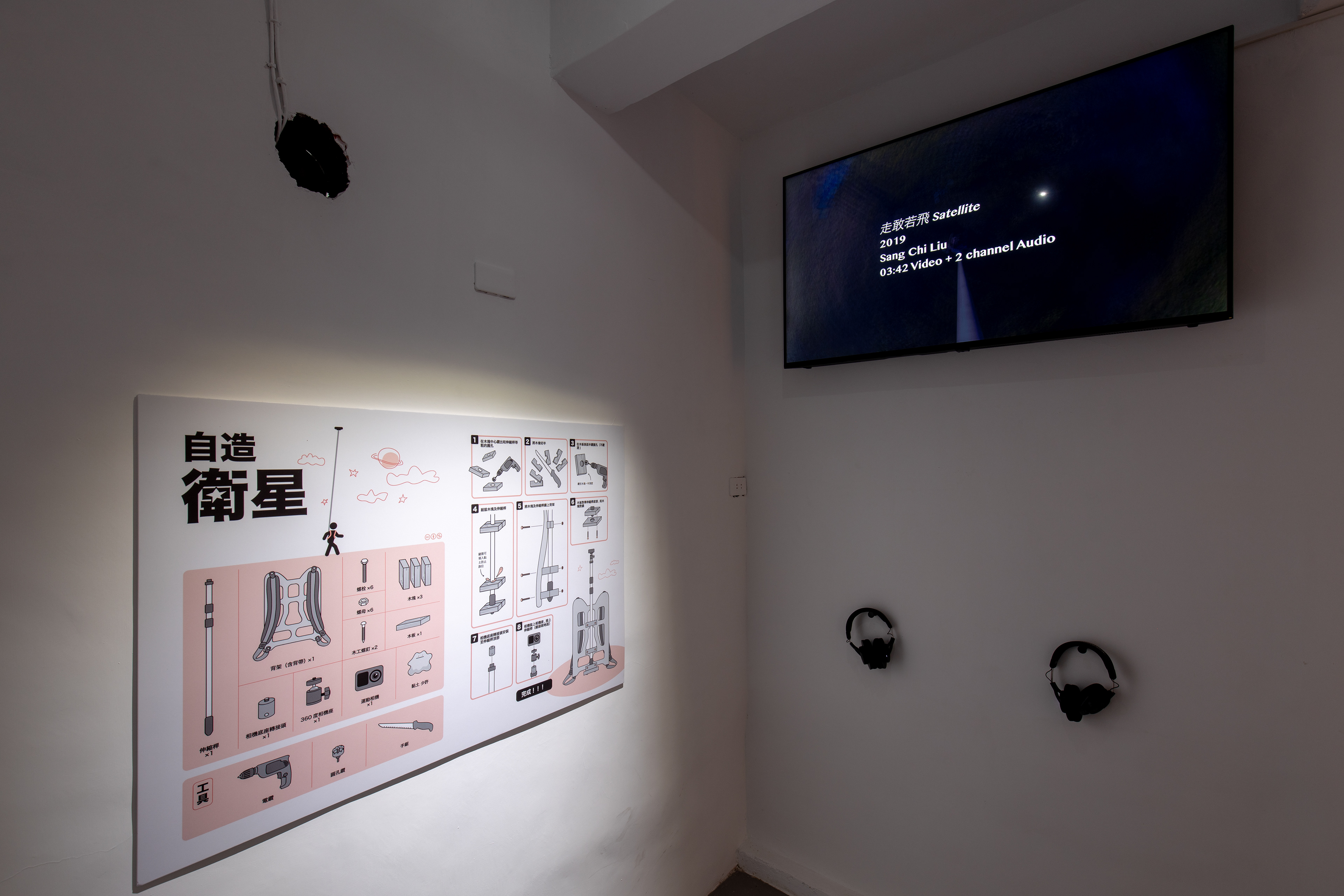
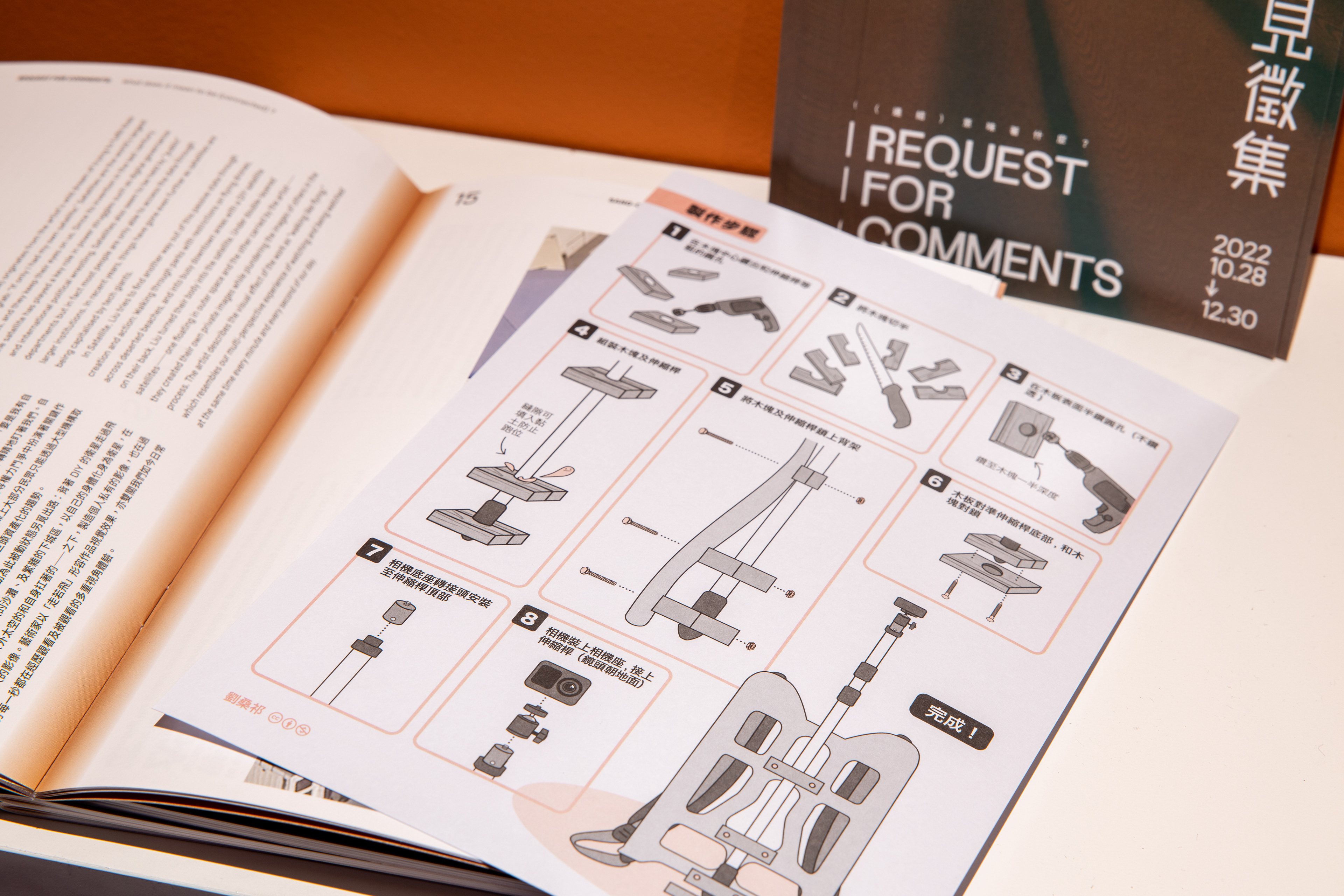
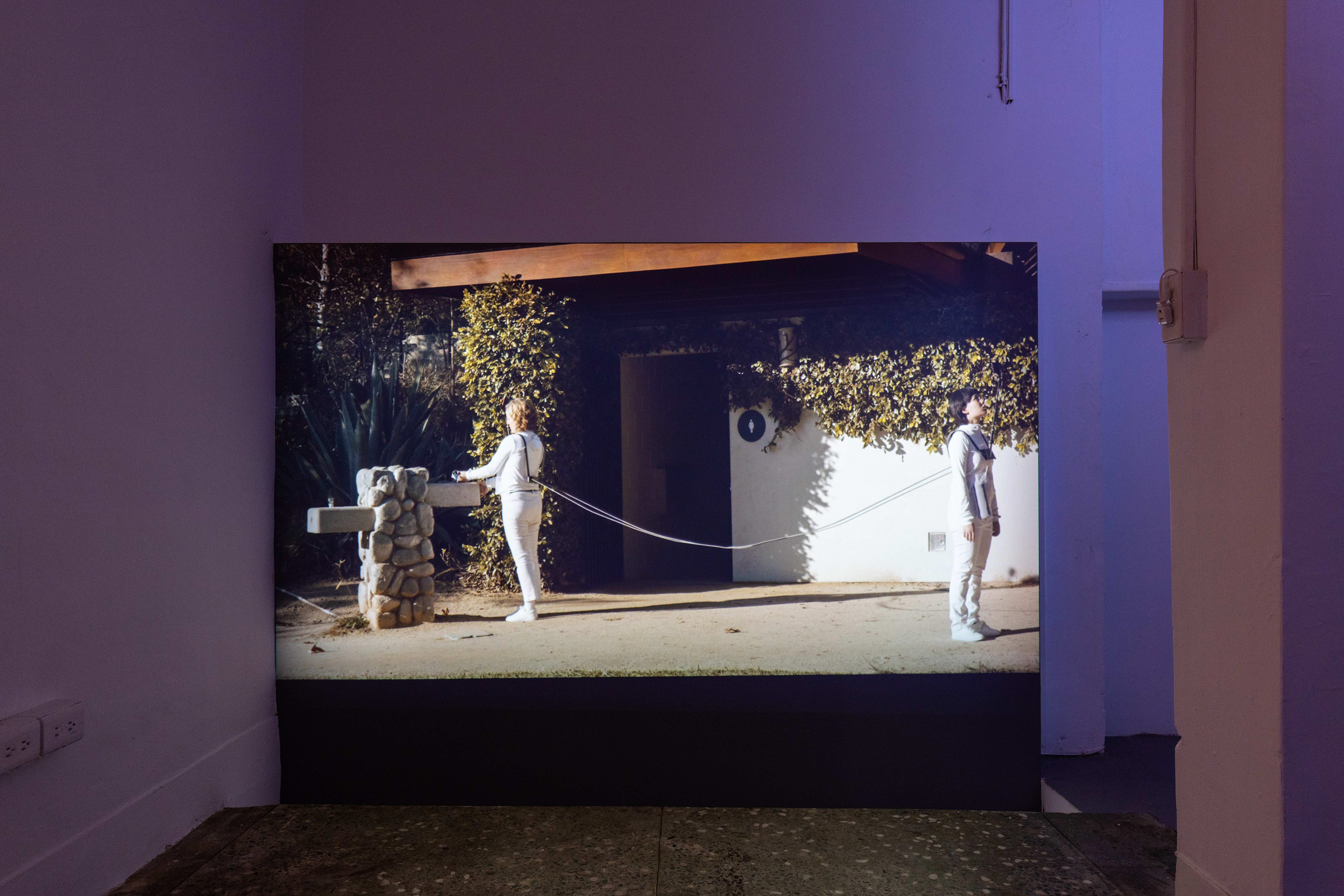
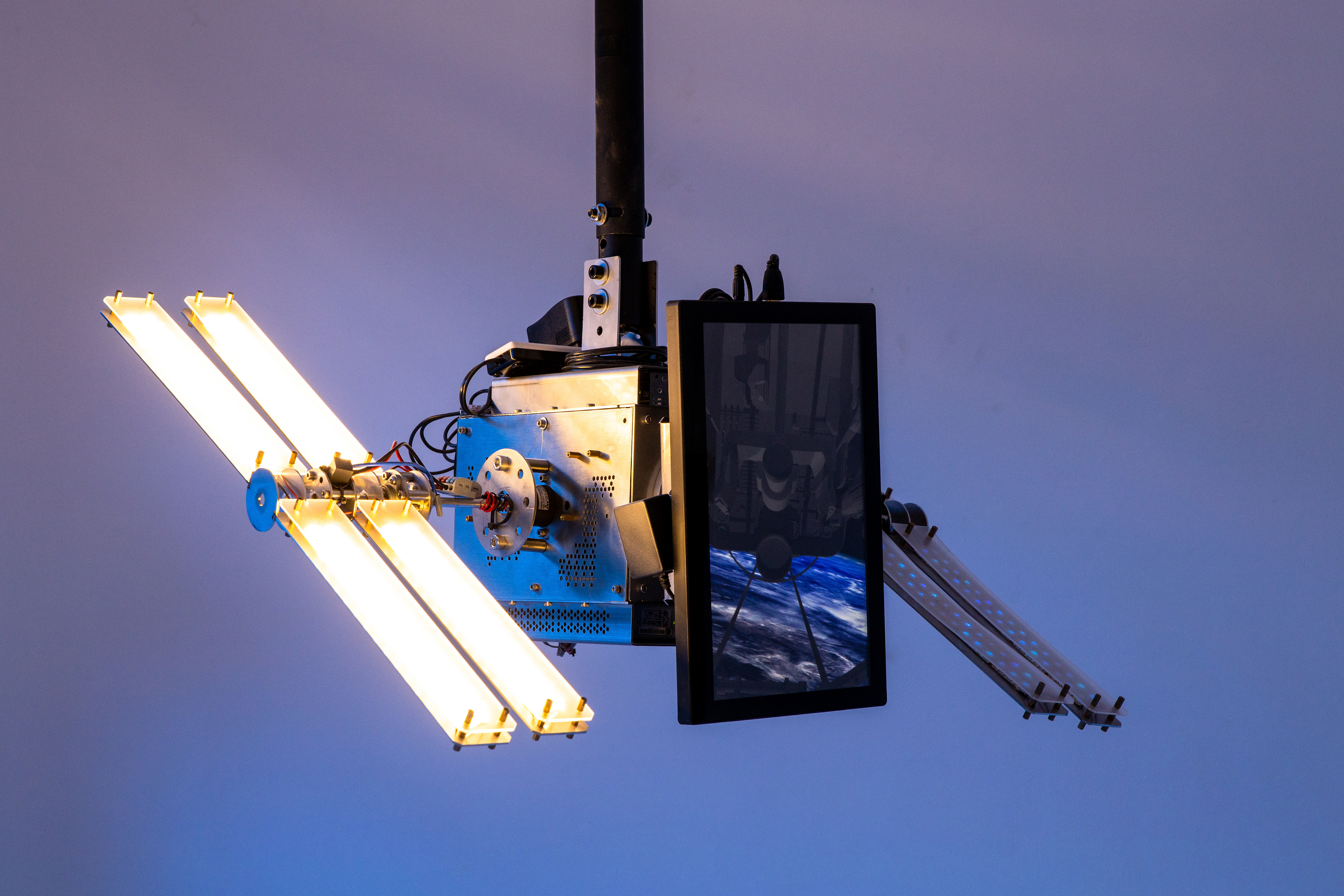
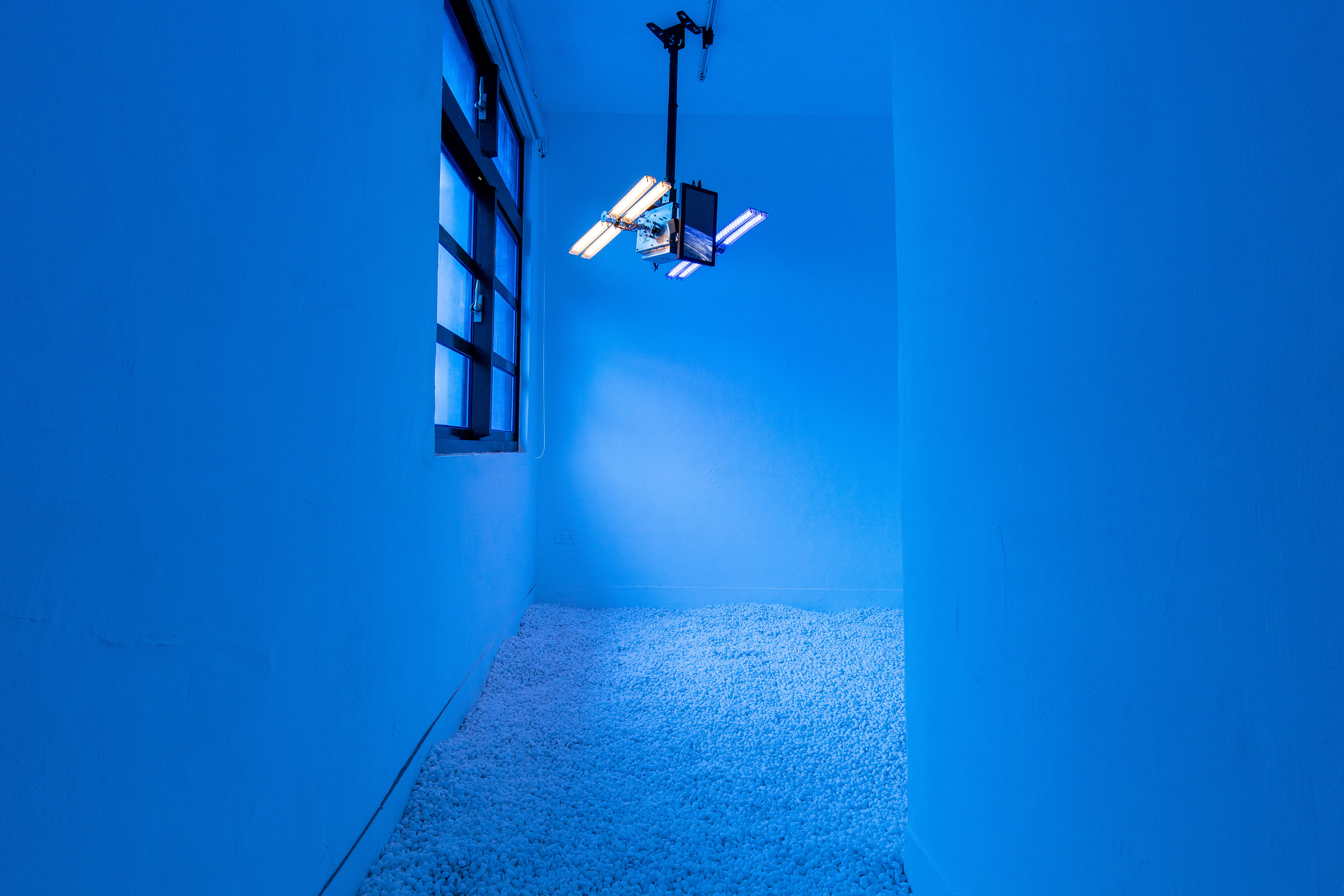
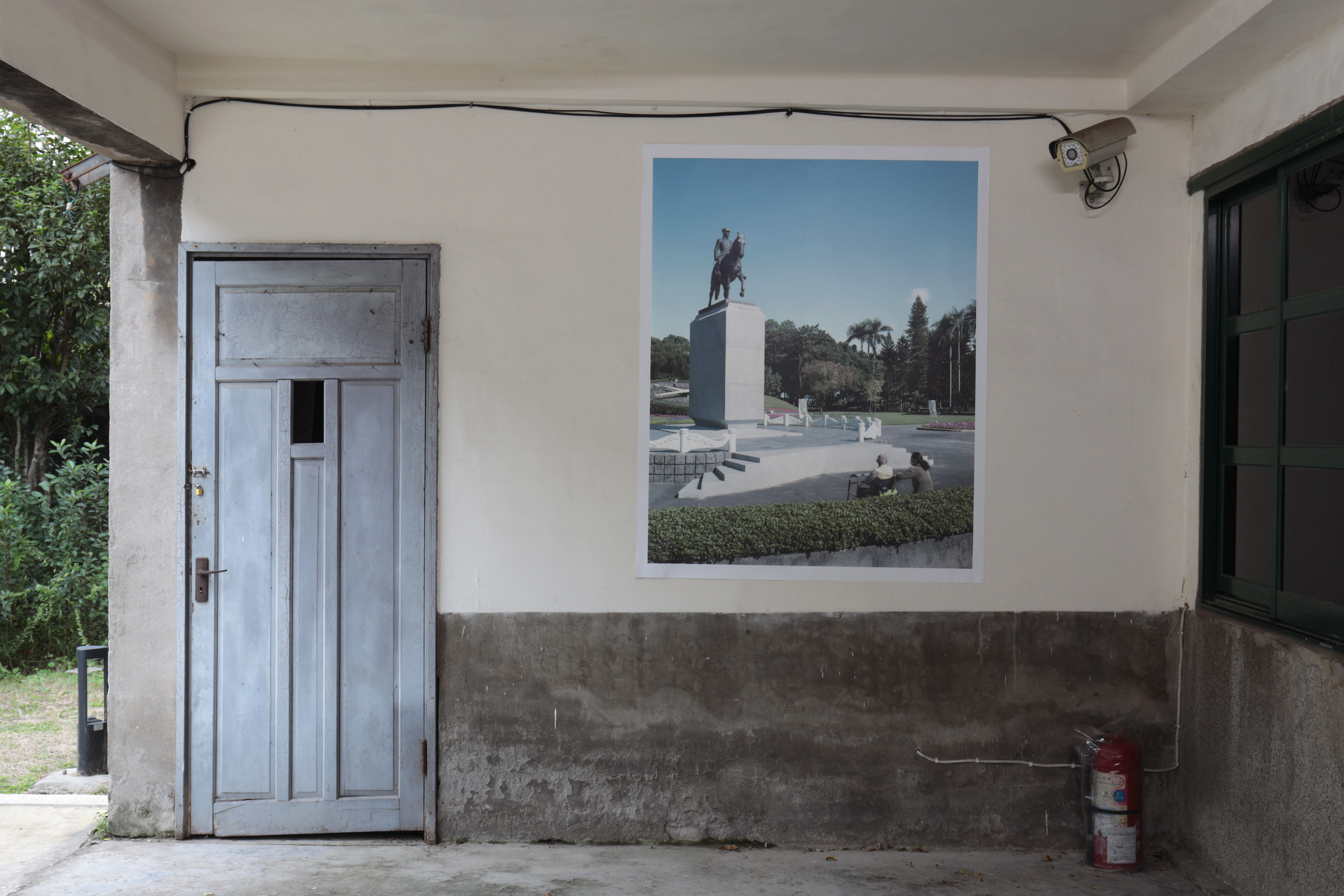
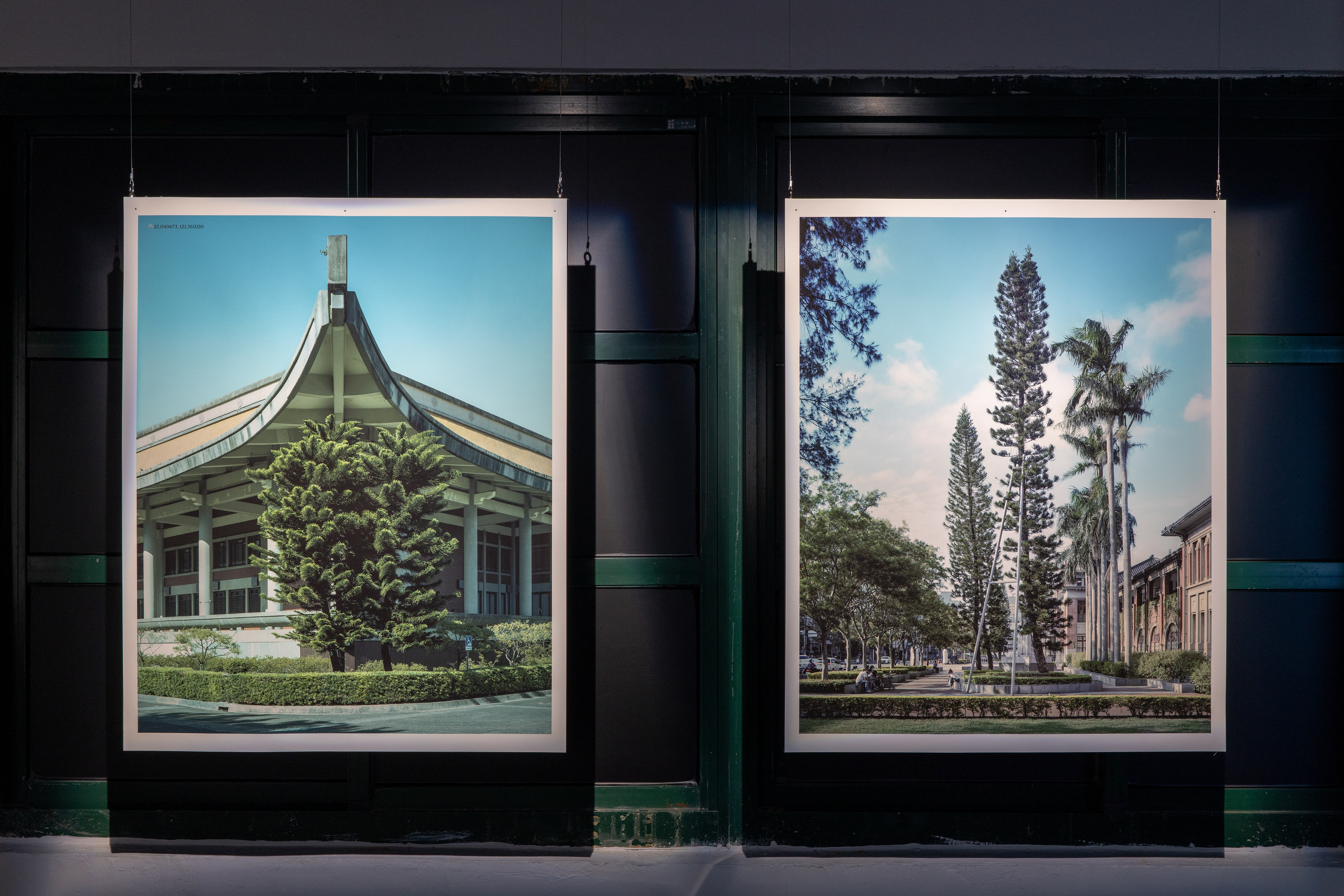
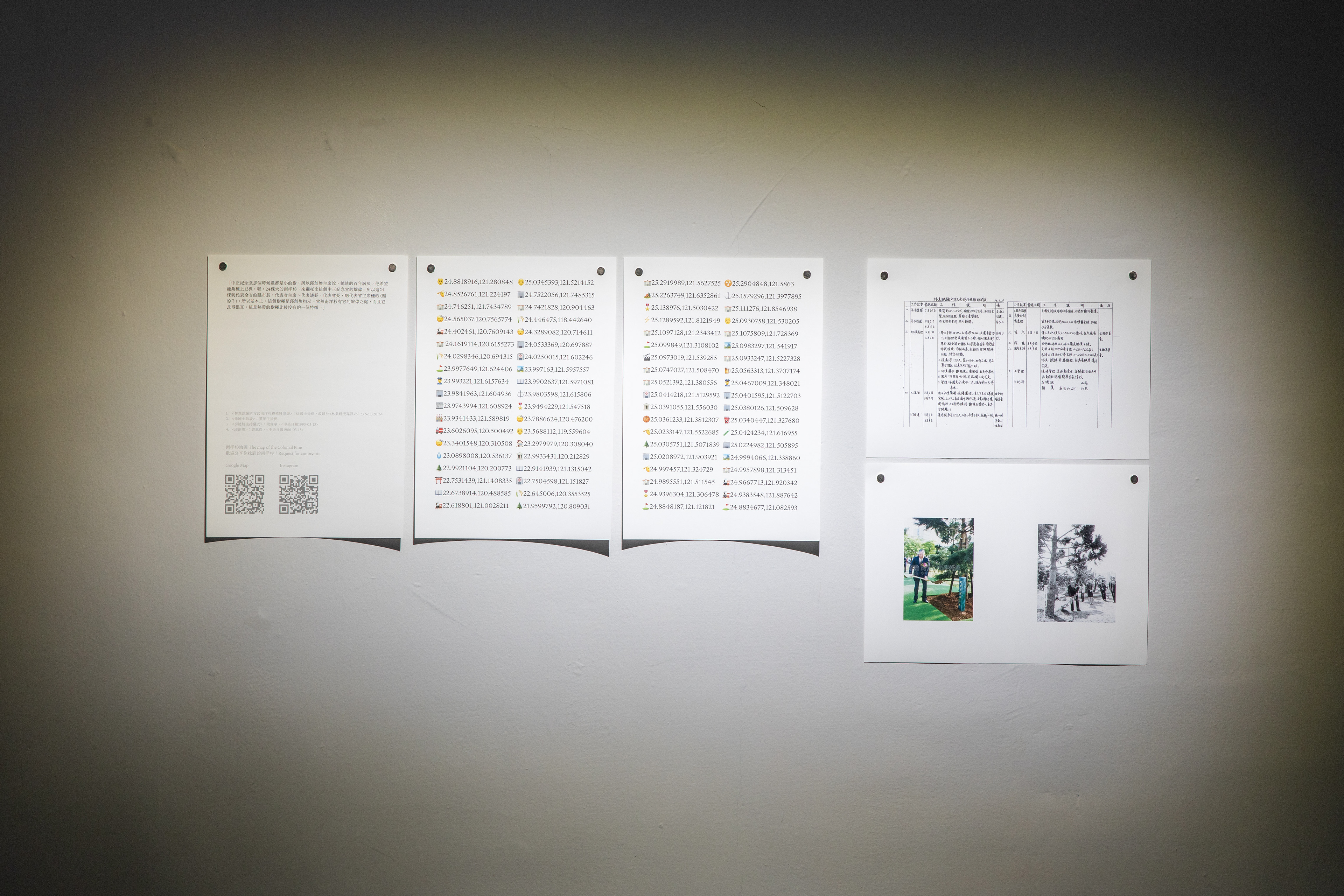
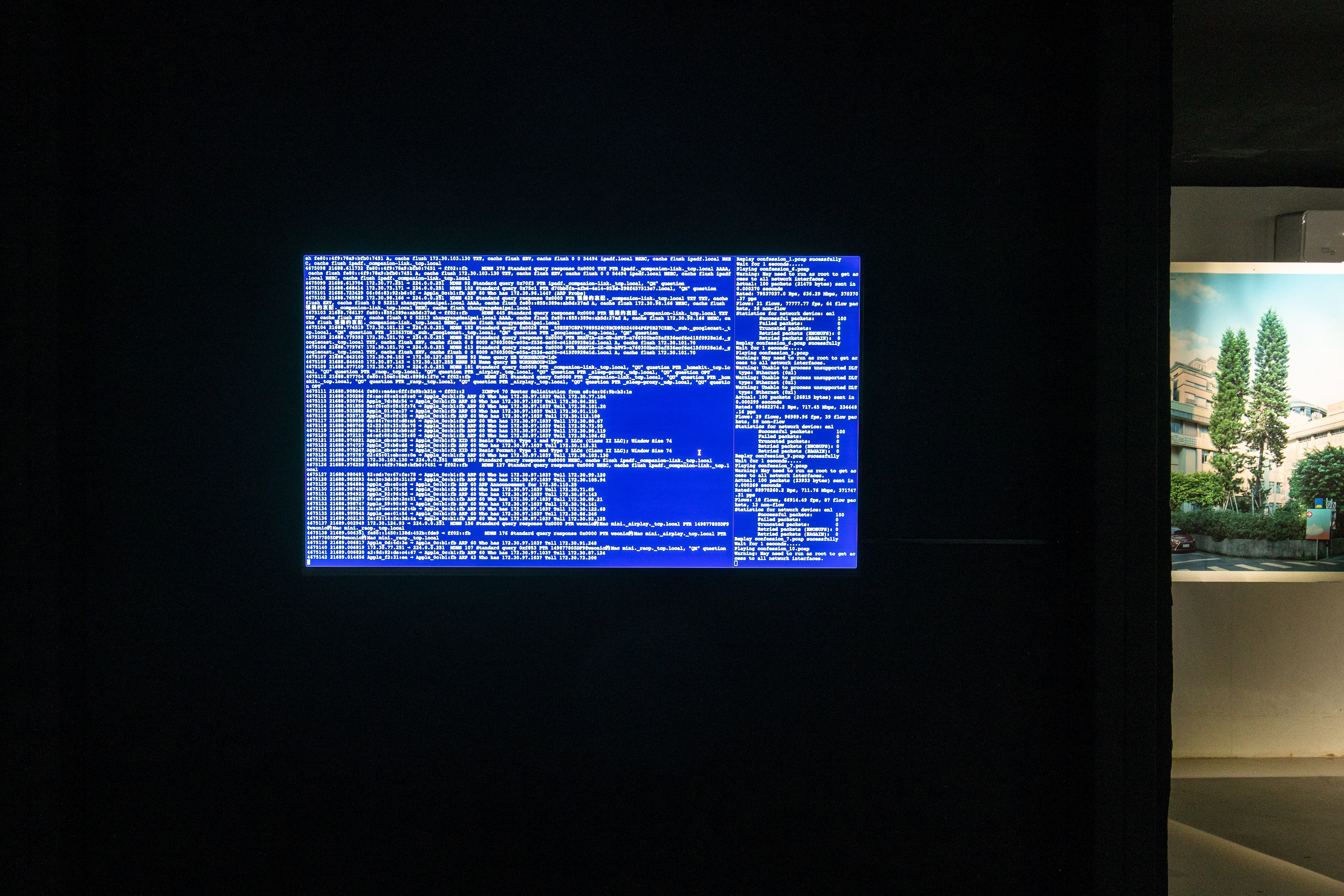
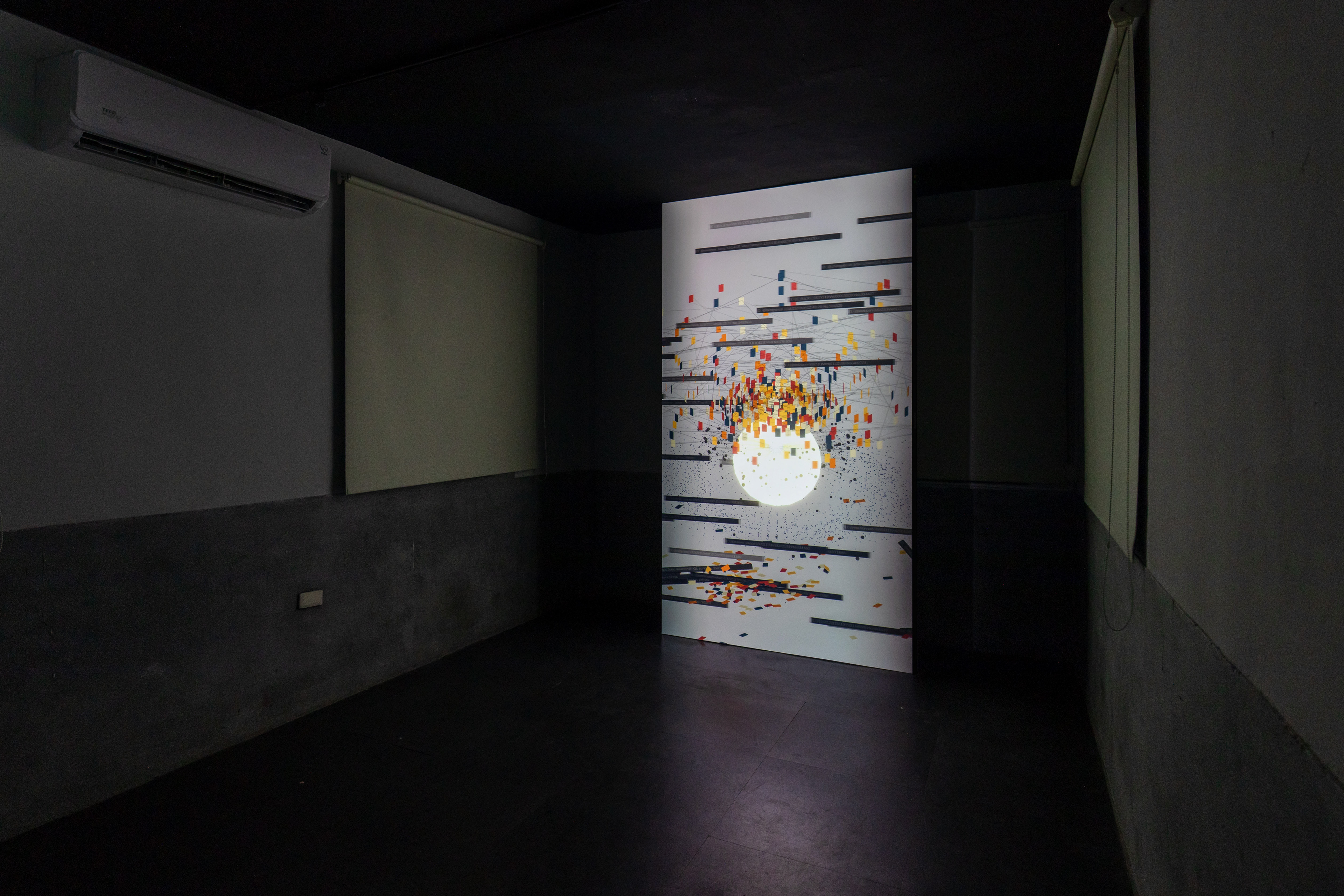
Organizer: National Taiwan University of Art
Exhibition Host: Our Museum
Artist: Zhe-Zhi Lin, Sang-Chi Liu, Lawrence Liu, Rhett Tsai, Jade Lien, Tiet-Hi Kueh
Technical Support: Ta-Sheng Ko
On-site Production and Installation: UN ART STUDIO
Visual Design: Onejin Lai
Translator: Rye Lin
Video/Photographic Record: Bokeh Studio
Curator: Chia-Lin Lee
Exhibition Host: Our Museum
Artist: Zhe-Zhi Lin, Sang-Chi Liu, Lawrence Liu, Rhett Tsai, Jade Lien, Tiet-Hi Kueh
Technical Support: Ta-Sheng Ko
On-site Production and Installation: UN ART STUDIO
Visual Design: Onejin Lai
Translator: Rye Lin
Video/Photographic Record: Bokeh Studio
Curator: Chia-Lin Lee
Special Thanks to Zoe Yeh, Huizhong Kuo, Sung-Wei Peng, TAIWAN PERMANENT ORIGINAL CONTENT CO., LTD., ZIMU CULTURE CO., LTD and Commentators of Artist Talks: Hsiang-Yun Huang, Yen-Ling Chen and Bo-Yi Shen.
This exhibition is the selected project of Our Museum Curatorial Open Call 2022 "IP Address".